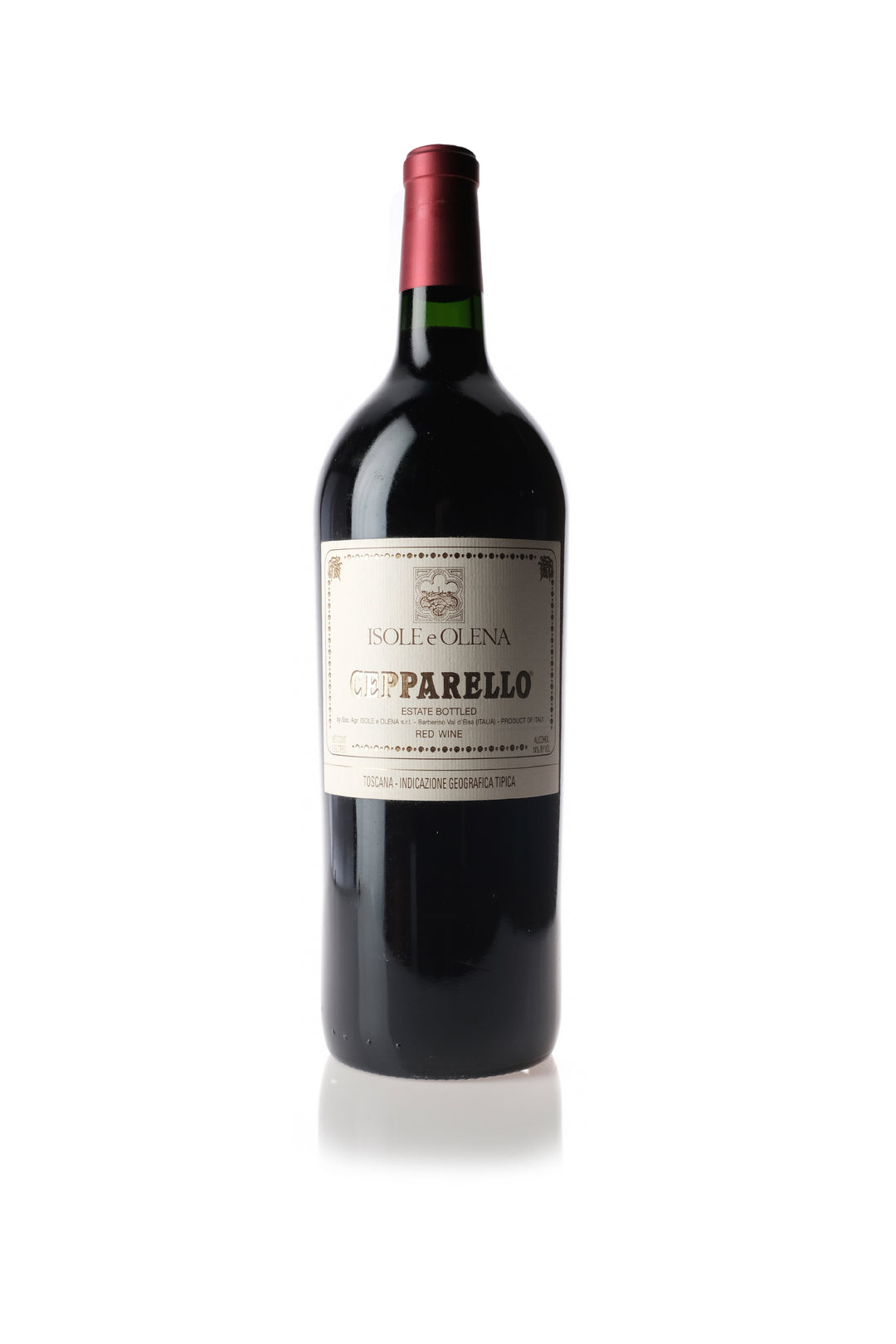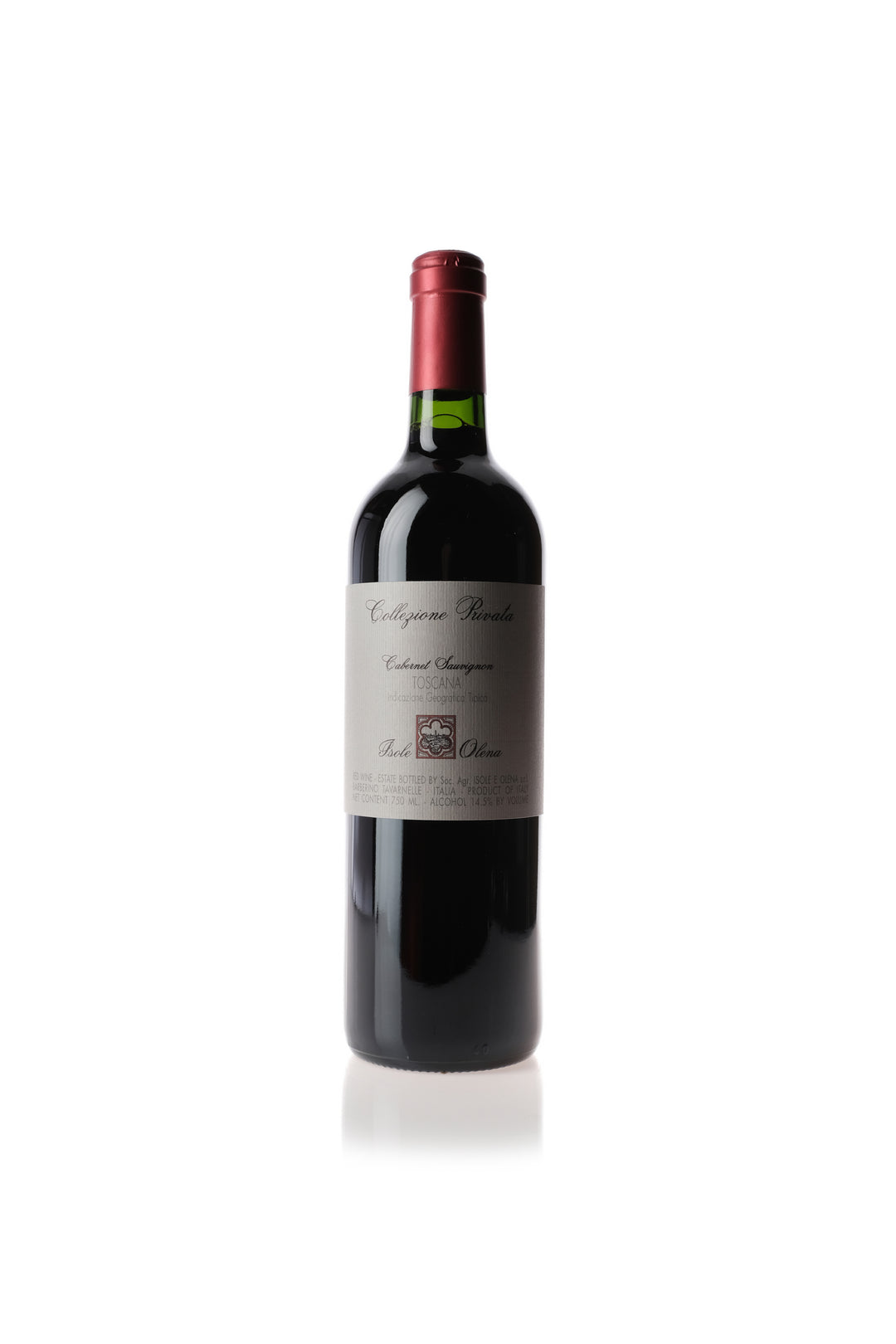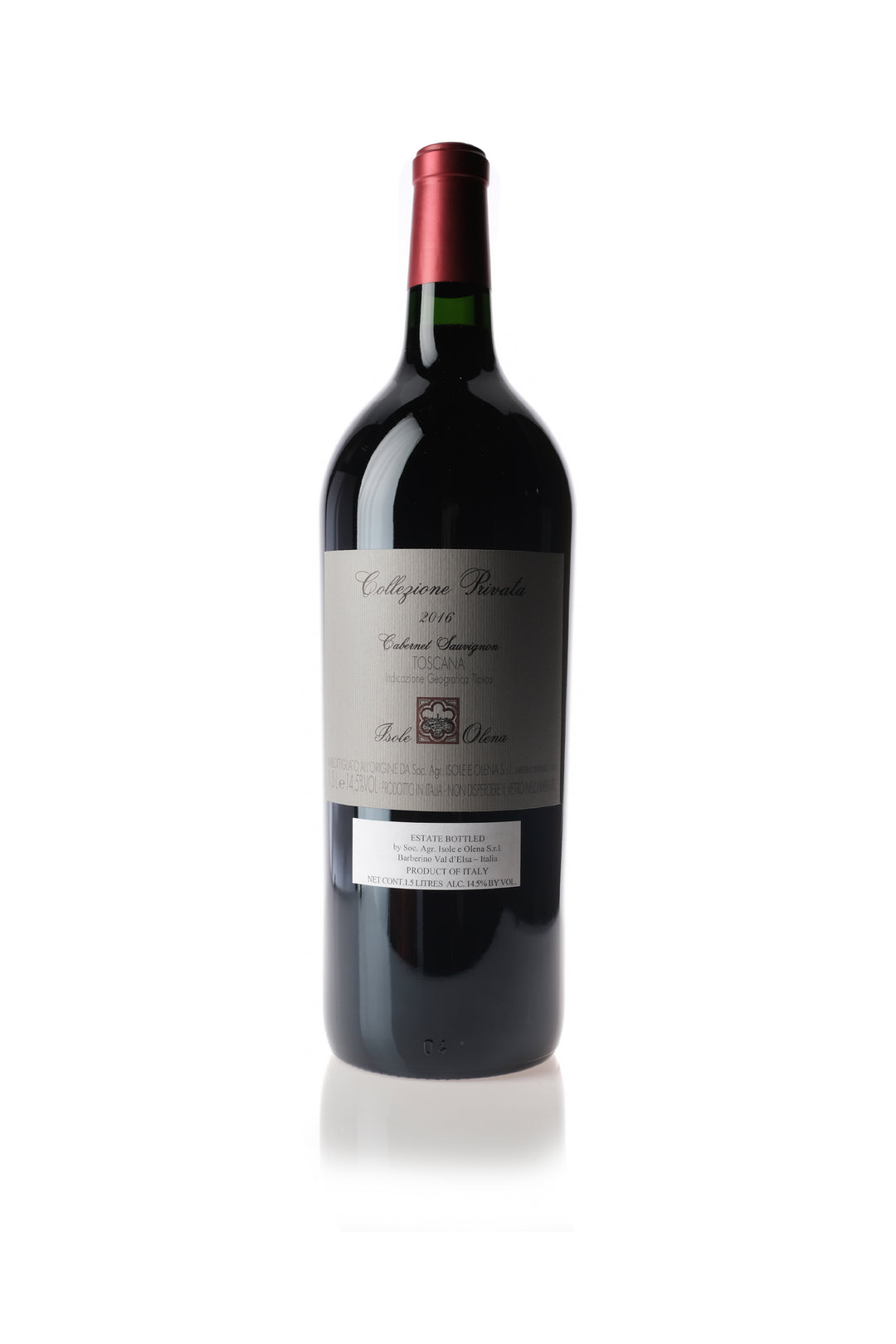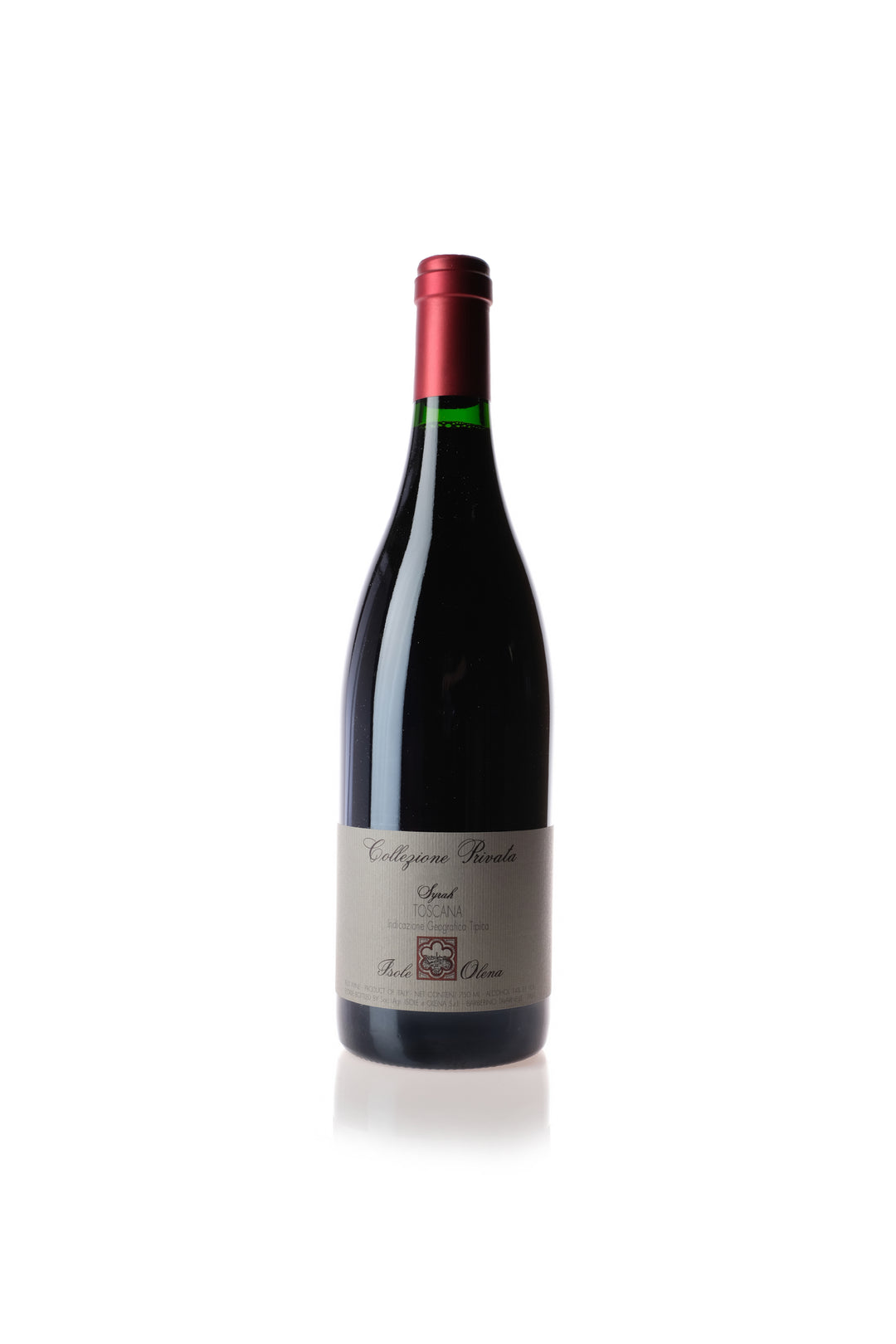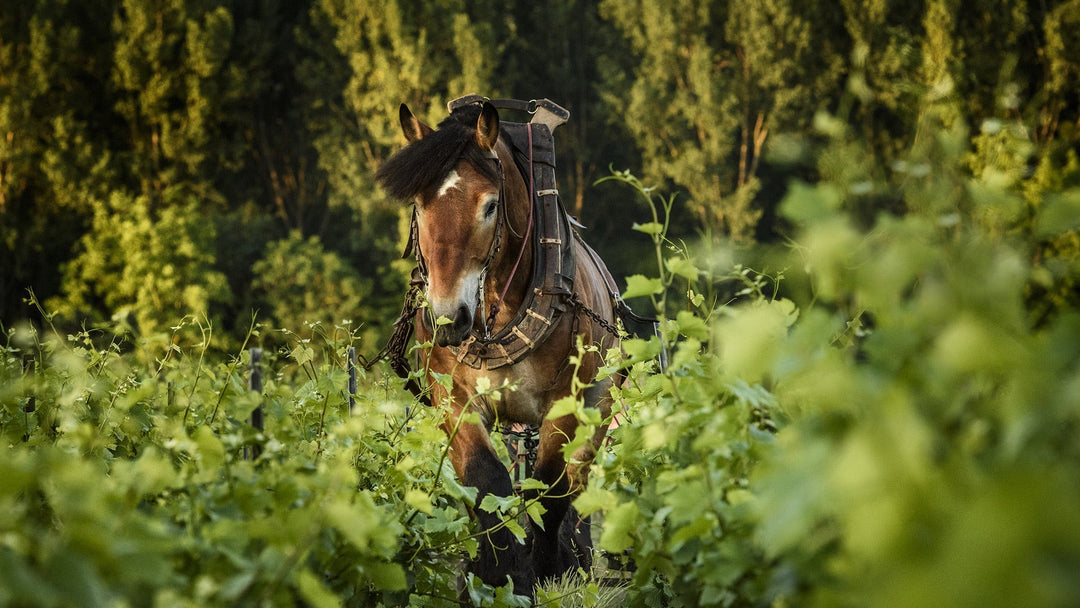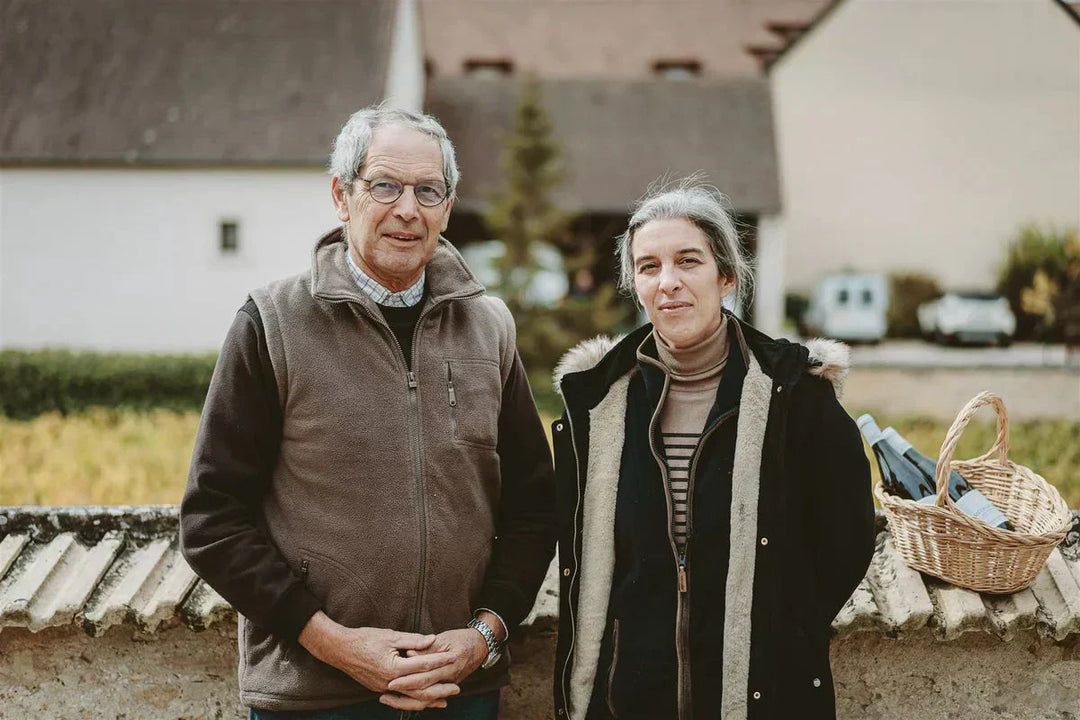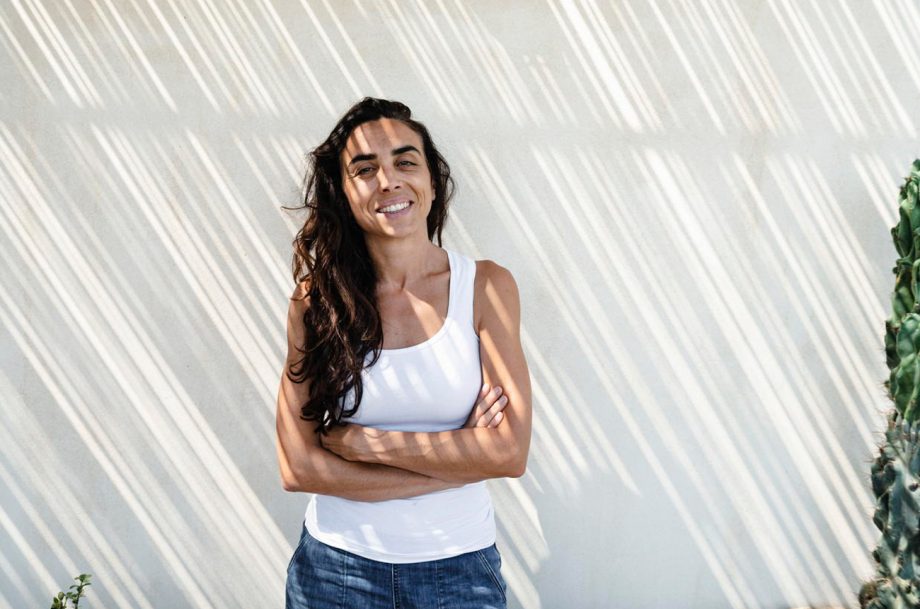ISOLE E OLENA : Paolo De Marchi
Meet “The Dean of Chianti.” Paolo De Marchi, the owner and winemaker of the famed Isole e Olena estate in Tuscany, is the ultimate student of the vine. He earned his nickname the old-fashioned way, through years of research into vine-density planting and discovery of topsoils throughout the region.
De Marchi’s beliefs have always focused on the land and the wine—high quality matters more than high production levels. By holding steadfast to this mantra, he has been a key figure in leading the region out of the quantity-driven, unpalatable wines that were produced post-World War II.
The Icon of Italian Vino. If I had to pick just one wine in all of Italy that would be the voice of Italian wine culture (truly a difficult choice with so many to love), it would have to be Chianti produced from Sangiovese. These traditional Chiantis are always blended, and their fruit is fresh.
My mentor in the wine world believes so much in the lifestyle of the Italian table that if tomato sauce is on pasta, there must be Sangiovese poured. He actually refuses to eat red sauce pasta without the wine! He would rather starve than miss the experience of wine and food that are unequivocally made for each other.
The Quest for Benchmark Sangiovese. De Marchi, now 66, has made it his life’s work to produce the highest quality Sangiovese in Chianti Classico. Growing grapes can be tricky—a science and art that is very reliant on the climate and soil—and even then, certain varietals struggle to obtain their highest quality.
De Marchi has always experimented in his vineyard parcels to continue to learn and refine. Each year, he focuses on a new project: during the 80s, he replanted entire vineyards and in the 90s, he rebuilt five miles of terrace vineyard walls. As the years pass by, his investment in improving this historic estate continues to grow.
De Marchi understands that he never will truly be "finished" and welcomes the challenge. After decades of studying his vineyards, vine by vine, and replanting parcels that did not perform to his standards, he explains: "as you get better, the target moves."
Today, after 30 years, more than 50 of his wines have ranked on the top wine lists.
But the dean of Chianti's influence extends far beyond his dedication to his vines. He has transformed the mindset of an entire region. When De Marchi speaks, other producers listen. Many of his techniques have spread to other estates and his vine stock has been purchased by many farmers to replant their parcels throughout the region.
THE WINES OF ISOLE E OLENA
CHIANTI CLASSICO : 80% Sangiovese, 15% Canaiolo and 5% Syrah, aged in small and large oak barrels for one year. It offers beautifully polished and fine aromas of wild berry, toasted almond, grilled herb and blue violet. Compared to its peers from this difficult vintage, this wine offers noticeably more definition and depth.
CEPPARELLO : Isole e Olena's flagship, Cepparello, was introduced in 1980, prior to a change in DOC regulations that allowed for a monovarietal Sangiovese. Thus, it effectively served as a pioneer of the pure Sangiovese movement, same as the production of Brunello.
"COLLEZIONE PRIVATA ”CABERNET SAUVIGNON : In 1984, the first Cabernet Sauvignon vines were planted at Isole e Olena. The Cabernet Sauvignon was grafted over old Canaiolo. The resulting wine was quite encouraging, so another 4 hectares were planted. Today, a total of 5 hectares are planted to Cabernet Sauvignon on the Isole e Olena estate.
CHIANTI CLASSICO GRAN SELEZIONE : Incredibly rare—packaged in wooden 3 pack box
80% Sangiovese, 12% Cabernet Franc & 8% Syrah. 2006 was an outstanding vintage in Tuscany, with perfect fall weather conditions—including long, sunny days and cool nights—which allowed tannins to ripen well and encouraged development of the aromatic qualities in the grapes.
"COLLEZIONE PRIVATA” CHARDONNAY : Paolo De Marchi grafted Chardonnay onto existing vines on the Isole e Olena estate and 1987 became the first vintage of the 'Collezione De Marchi Chardonnay'. In 1989, a new vineyard was planted with five different clones from Burgundy (planted at a density of 5,000 vines per hectare) which came in to full production with the 1994 harvest.



